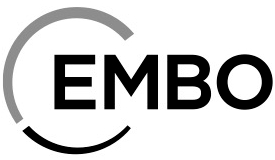Speakers
List of confirmed speakers:
Sophie Acton
University College London (UK)
Sophie Acton’s research interests lie in the communication between different cell types of the immune system, specifically the mechanisms controlling cellular trafficking, multicellular organization and lymphoid organ architecture.
Ronen Alon
Weizmann Institute (IL)
The Alon group study how immune cells exit blood vessels near specific target sites of injury, inflammation or tissue repair. The vessel wall at these sites displays specific combinations of traffic signals which operate in sequence to recruit only specific circulating subsets with proper receptors to these signals. As these processes take place under shear stress, we use special flow chambers which simulate blood flow and intravital microscopy in genetically manipulated mice, together with state of the art 3D imaging techniques, to dissect how endothelial and perivascular trafficking molecules promote context- and tissue- selective exit of immune cells through distinct blood vessels.
Tal Arnon
University of Oxford (UK)
Tal Arnon’s group studies the microanatomical structures and molecular mechanisms that regulate the adaptive immune system in health and disease. The lab focuses on understanding how lymphocyte interact with and guided by their micro-environment, and on how these events lead to a productive long-lasting immune response.
Philippe Bousso
With the help of innovative functional imaging approaches, Philippe Bousso’ research aims at understanding and manipulating immune responses in the context of disease pathogenesis.
Alexander Flügel
University of Göttingen (DE)
Alexander Flügel’s research focus is the mechanisms and factors that allow T cells to enter the central nervous system, to communicate in this milieu and to influence the brain tissue.
Michael Gerner
University of Washington (US)
Michael Gerner’ group investigates the cell-cell crosstalk between the immune cells and their microenvironment by studying in situ micro-anatomical tissue organization at cellular and molecular levels, cell-cell communication events that generate immune responses, as well as localized effector responses in inflamed peripheral sites that allow for protective immunity.
Santiago F. Gonzalez
Institute for Research in Biomedicine, Università della Svizzera italiana, Bellinzona (CH)
Santiago Gonzalez’s lab focused on the study of the role of inflammatory reaction in the lymphatic compartment and its relevance during vaccination, infection or tumour progression. From a technical standpoint we are using an intravital 2-photon approach to identify relevant immune cell actions associated with the inflammatory process as well as development new computational tools to facilitate the standardisation and automatisation of intravital 2-photon datasets.
Cornelia Halin
ETH Zurich (CH)
Cornelia Halin’s research interests lie at the crossroads of immunology and vascular biology. Using intravital imaging and other techniques her lab elucidates the basic mechanisms and the significance of leukocyte migration through afferent lymphatic vessels.
Matteo Iannacone
San Raffaele Scientific Institute, Milan (IT)
Matteo Iannacone’s group seeks to dissect the complex dynamics of host-virus interactions with a particular focus on the development and function of adaptive immune responses. The group is using intravital microscopy complemented by molecular, cellular and histological approaches, thus characterizing host-virus interactions at the molecular-, single cell- and whole animal-level.
Wolfgang Kastenmüller
University of Würzburg (DE)
The Kastenmuller lab focuses on cell-cell interactions, cellular localization and migration between and within tissues. To address such questions we combine classical immunological assays like multicolour flow cytometry with cutting edge microscopy including 2-photon imaging of live animals, confocal analysis of tissue section and whole mount preparations to study cellular immune responses in the context of infections.
Eva Kiermaier
University of Bonn (DE)
Eva Kiermaier’ group focuses on the contribution of the cytoskeleton during innate and adaptive immune responses, studying how cytoskeletal components, in particular centrosomes and microtubules, impact immune cell effector functions such as antigen presentation and migration and their behavior upon lymphocyte cell-cell interactions.
Ana-Maria Lennon-Dumenil
Ana-Maria Lennon-Dumenil’ research aims at deciphering the fundamental cell biological mechanisms that control the spatio-temporal regulation of antigen presentation. Our group works at the interface of cell biology, immunology and biophysics.
Thorsten Mempel
Massachusetts General Hospital (US)
Thorsten Mempel's group is seeking to understand how the function of T cells is regulated through their interaction with other cells, structural tissue components and soluble mediators that they encounter in tissues, using multiphoton intravital microscopy.
Sussan Nourshargh
Queen Mary University of London (UK)
Sussan Nourshargh’ group aims to unravel the cellular and molecular basis of several fundamental aspects of immunity, inflammation and vascular biology, making internationally rated contributions to the mechanisms through which white blood cells (in particular neutrophils) breach blood vessel walls to enter inflamed tissues.
Mikael Pittet
University of Geneva (CH)
Mikael Pittet’ research focuses on uncovering how the immune system controls cancer and other diseases, and how it can be harnessed for therapy. Pittet’s work has identified how cancers are regulated by various immune cells, including cytotoxic T cells, regulatory T cells, macrophages, monocytes, neutrophils, and dendritic cells.
Hai Qi
Tsinghua University (CN)
Hai Qi’ research focuses on humoral immune regulation, particularly, which molecular mechanisms govern cell-cell interactions in Germinal center reaction, or regulates differentiation and maintenance of memory B cells and long-lived plasma cells; and the regulation of the immune response by the central nervous system.
Milka Sarris
University of Cambridge (UK)
Milka Sarris’ group is interested in how cell movement is guided to functional destinations, focusing on cells of the immune system (leukocytes), which are remarkably capable of traversing different tissue environments and migrating on demand to sites where their antimicrobial function is needed.
Jens Stein
University of Fribourg (CH)
Jens Stein’s group investigates the dynamic cell biology governing CD8+ T cell-mediated immunity, examining their priming by dendritic cells in lymphoid tissue and investigating their surveillance of lymphoid and non-lymphoid organs during the memory phase
Stefan Uderhardt
University of Erlangen (DE)
Stefan Uderhardt’ research focuses on how basic tissues functions protect our body from excessive immune reactions. He was able to demonstrate that specialised tissue-resident macrophages constantly rush to repair small-scale tissue damage and shield the body from further damage without triggering a larger, more energy-intensive inflammatory reaction.



